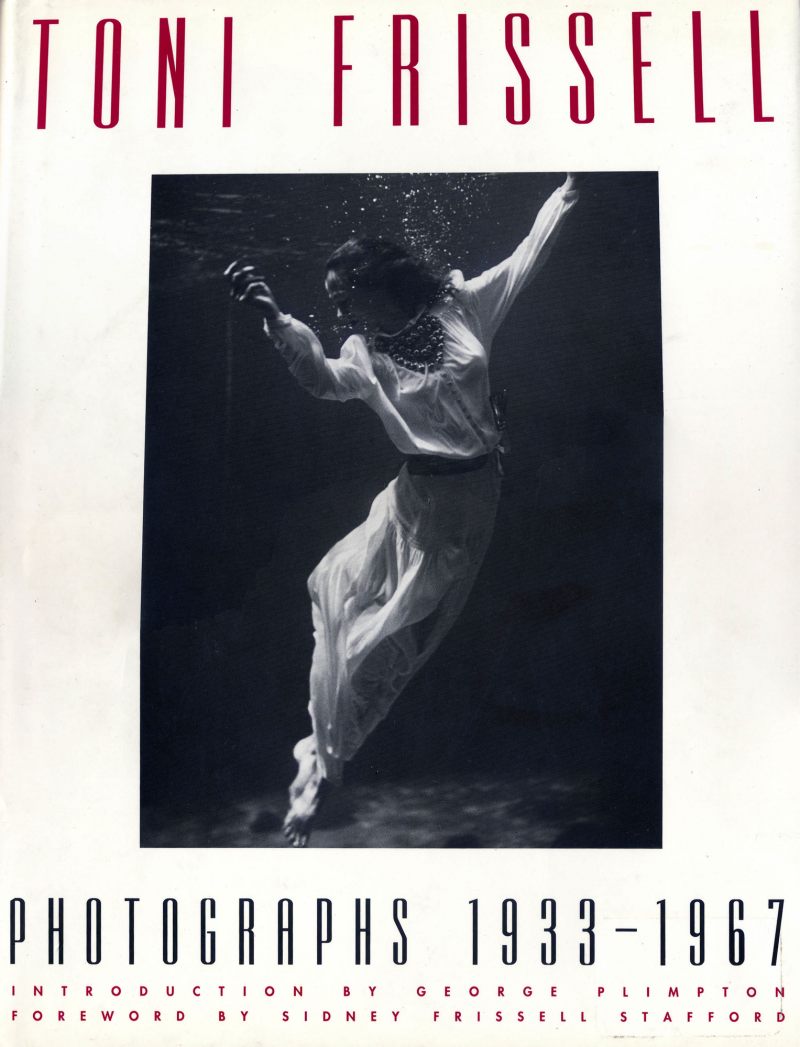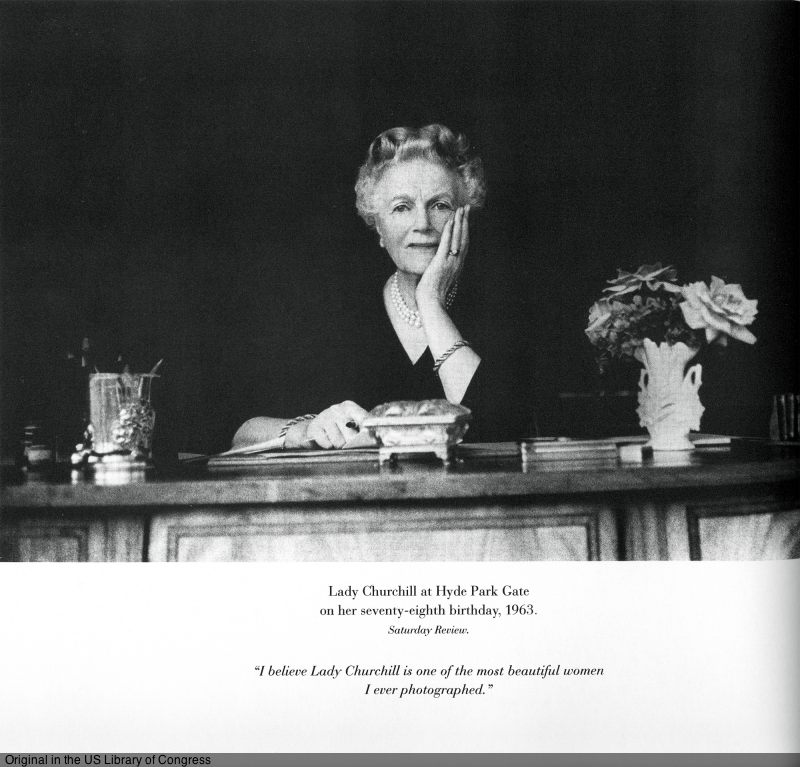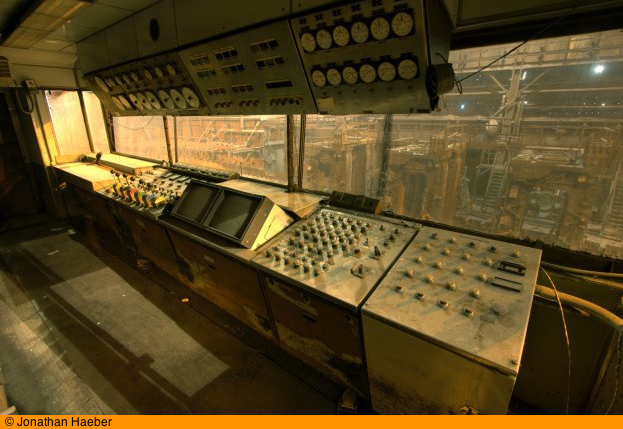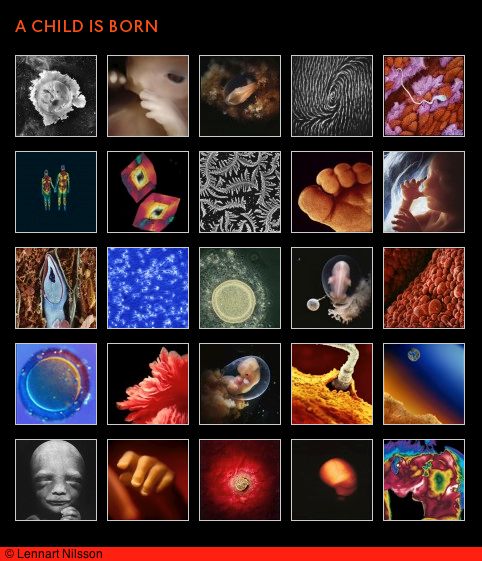A pioneering woman photographer.
Along with Lee Miller, the patrician and equally beautiful Toni Frissell (1907-88) worked for Harper’s and Vogue before and during WW2, moving onto a then new Sports Illustrated in peacetime. Fearless, like Miller, she saw action at the front and made huge contributions to photography and to the cause of women photographers. Credited with moving models out of the studio to her beloved outdoors, Frissell was well connected, lovely to look at and was what we would today call a ‘jock’.
Frissell donated her collection of 300,000 pictures to the US Library of Congress where it remains, largely unknown. This fine book, available inexpensively used, displays a small fraction of her work:

During and after the war years she photographed Winston Churchill and his family often and one of the most striking portraits in the book is of Clementine Churchill, WSC’s wife. It shows her beauty, directness and warmth as no other picture of this exceptional woman does.

Her work – whether striking fashion work, portraits of the famous or sports photography is as good as it gets.
Forget new copies – they are way overpriced. I paid Alibris $25 for a mint, used copy. Abe Books also has it.





